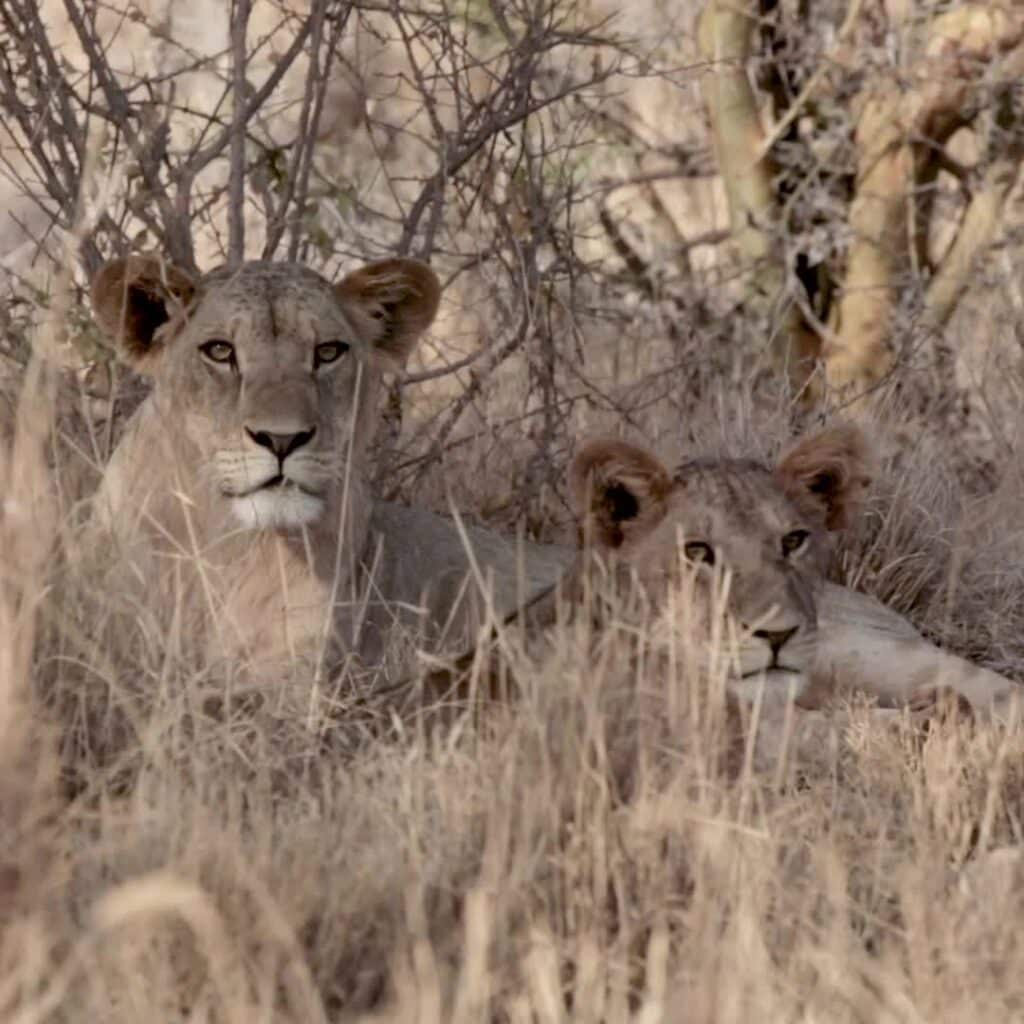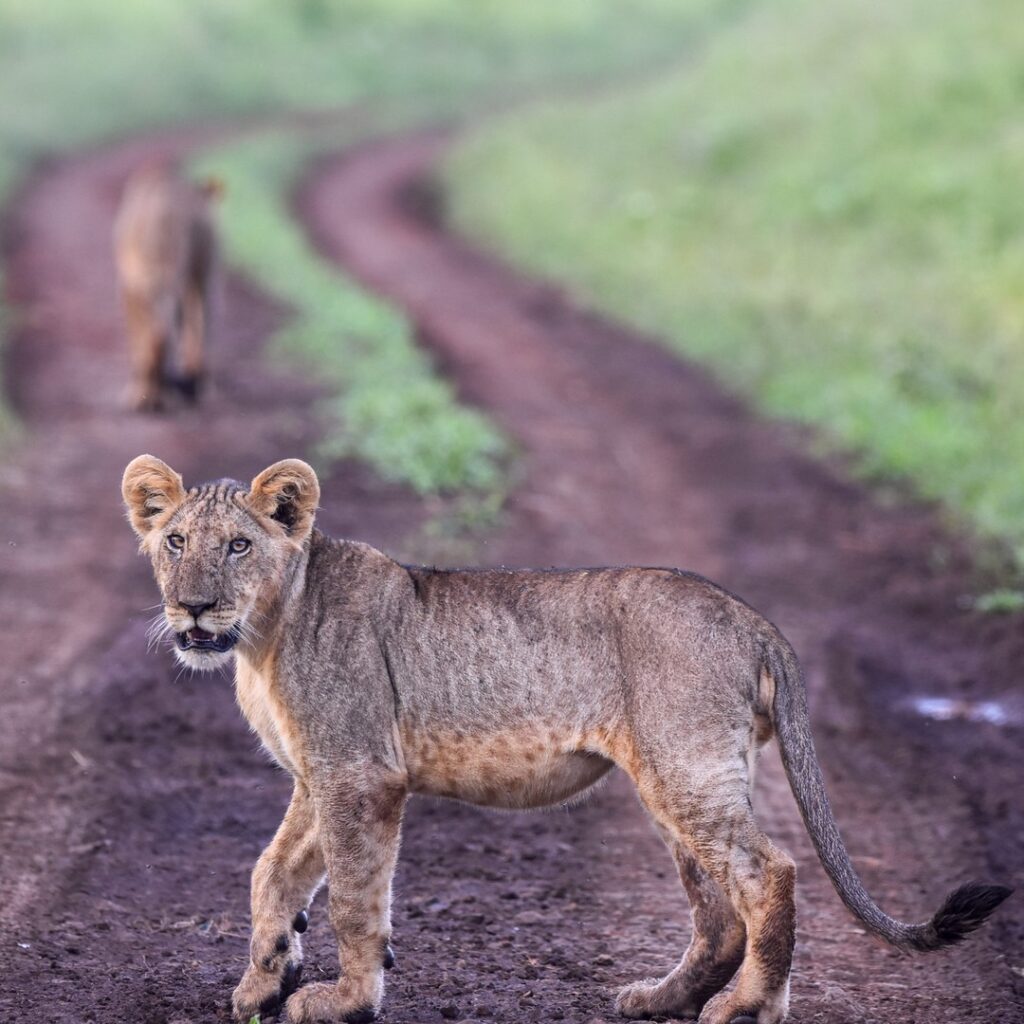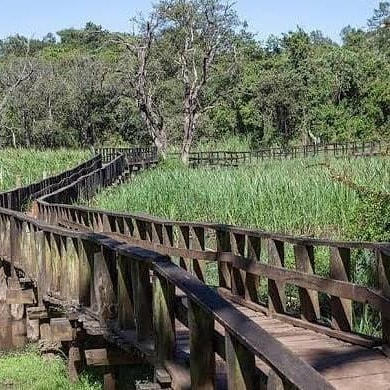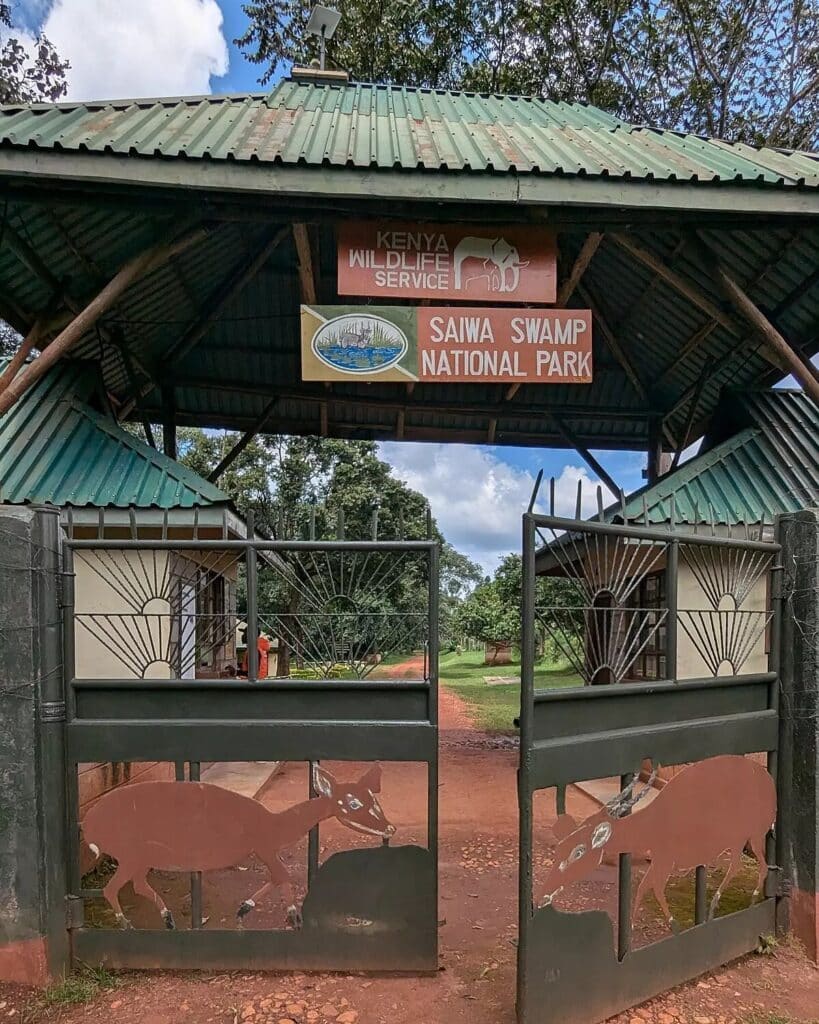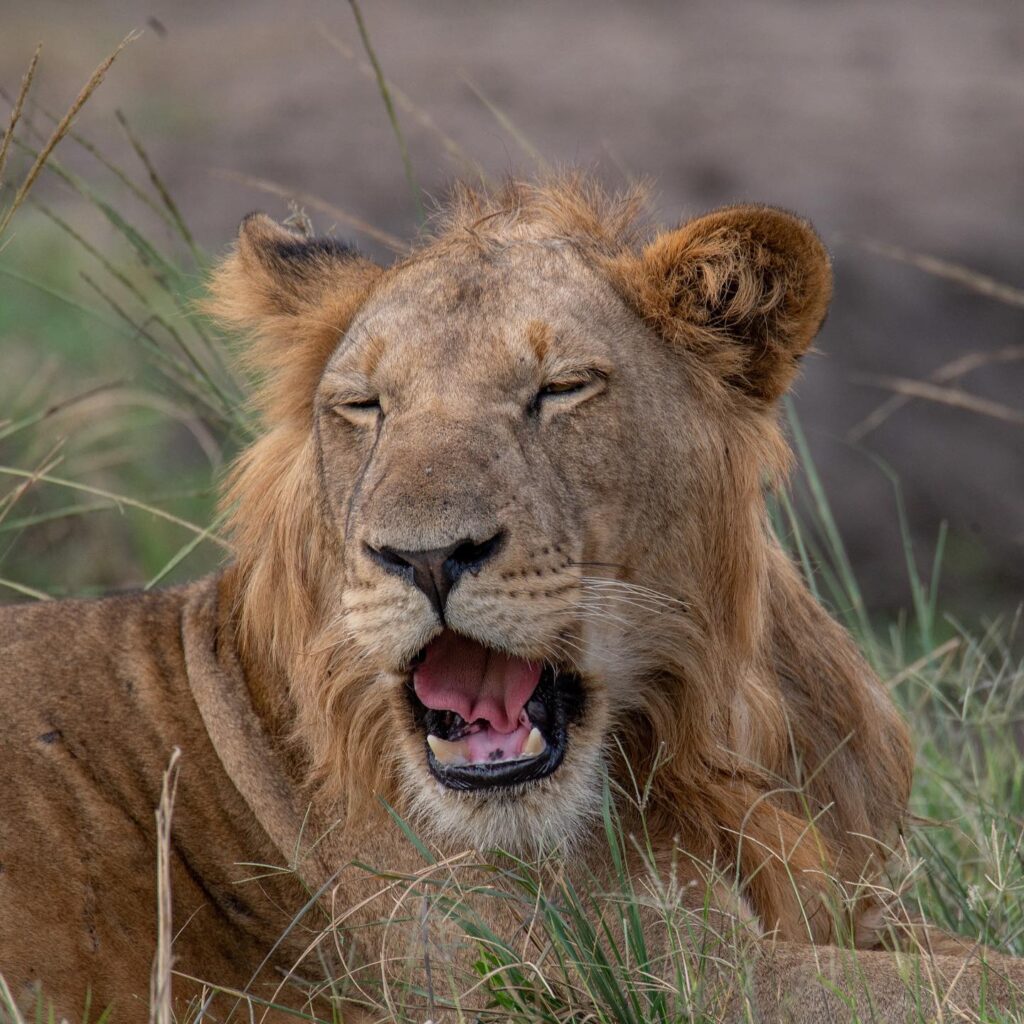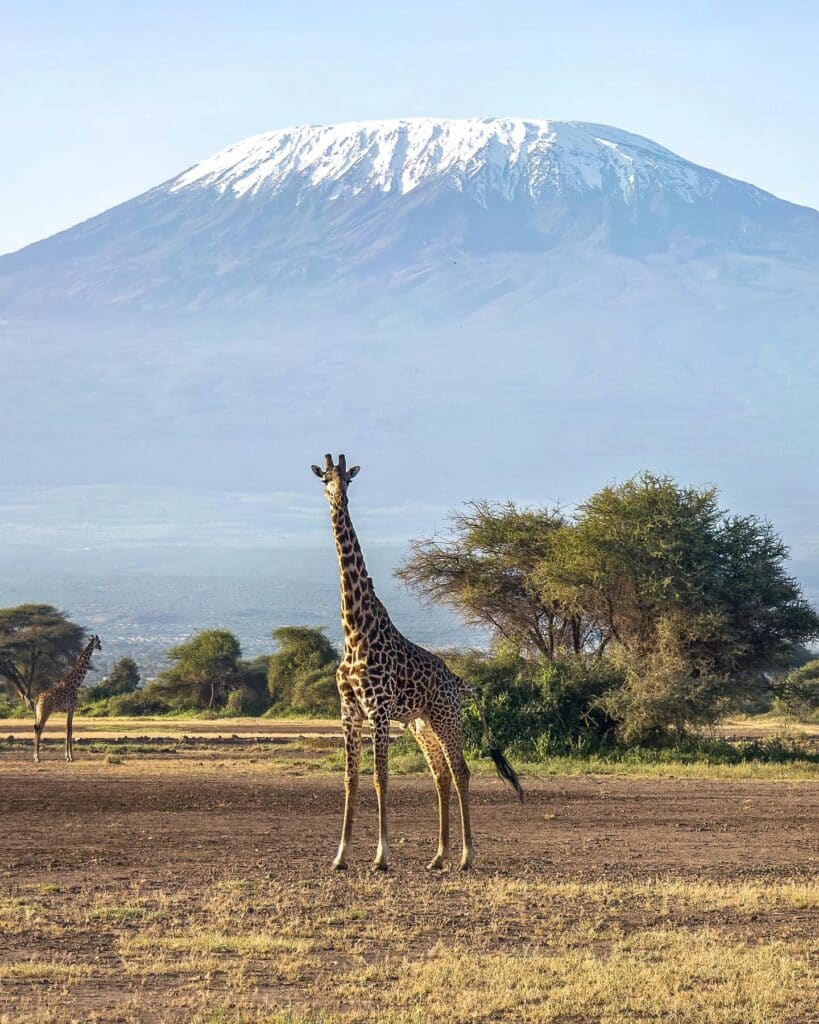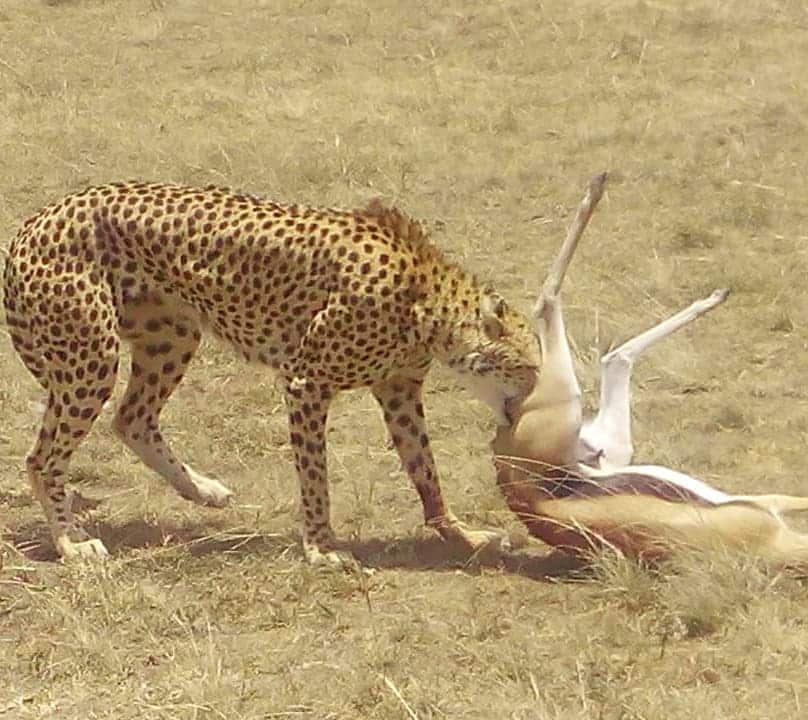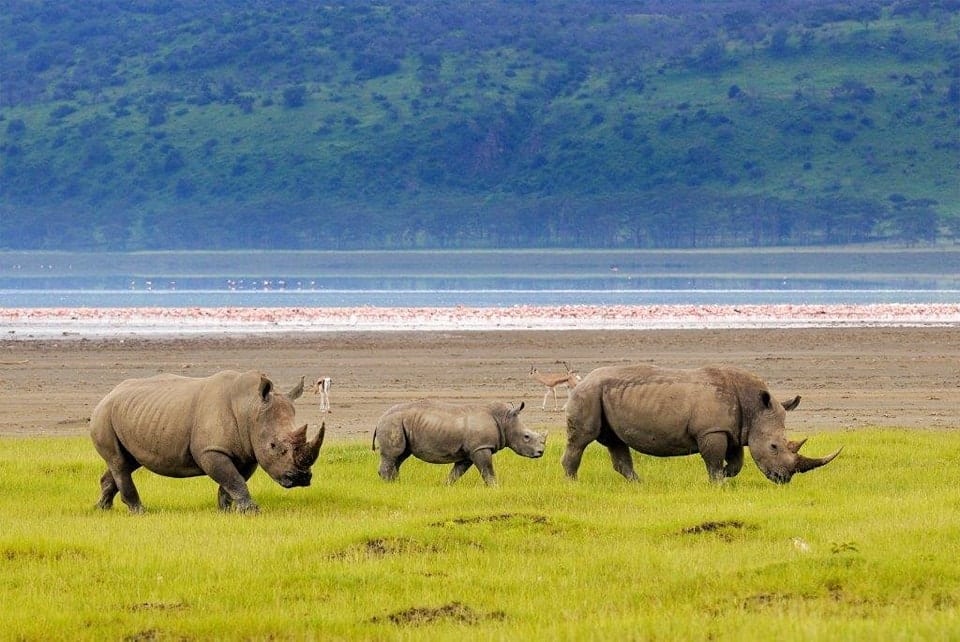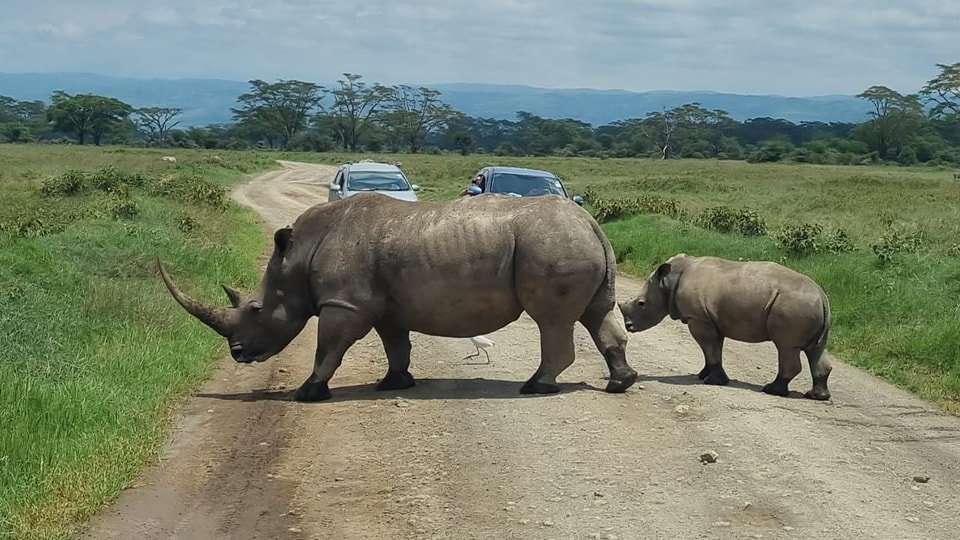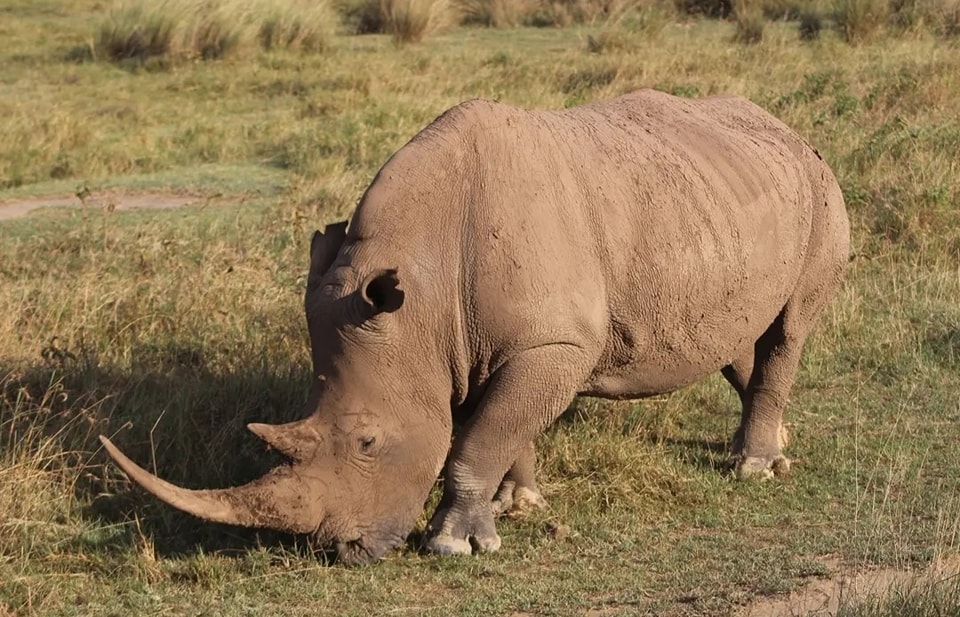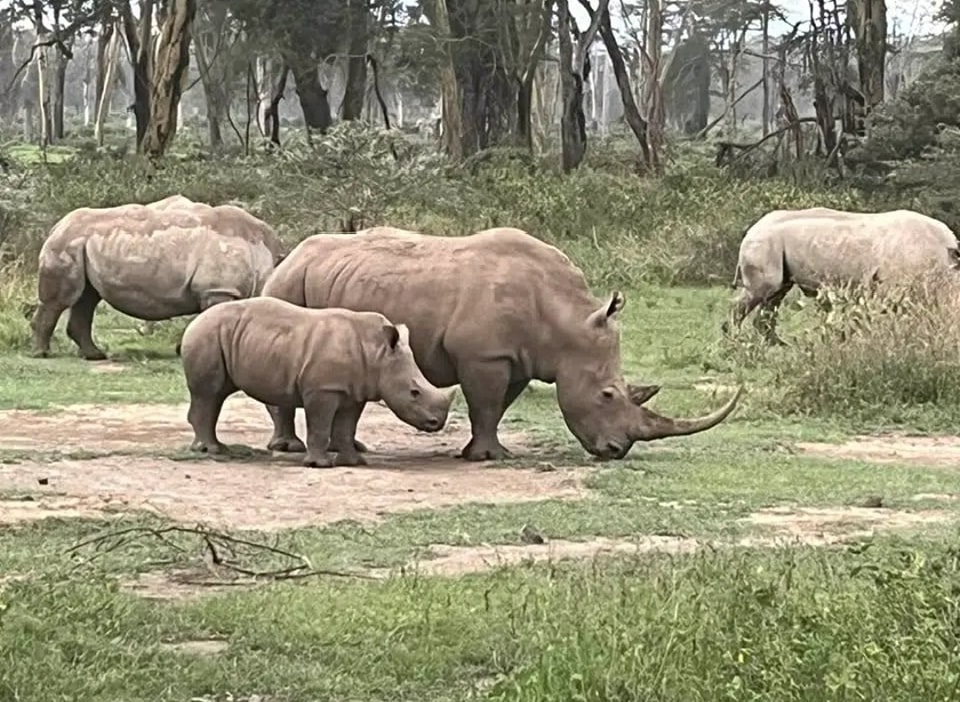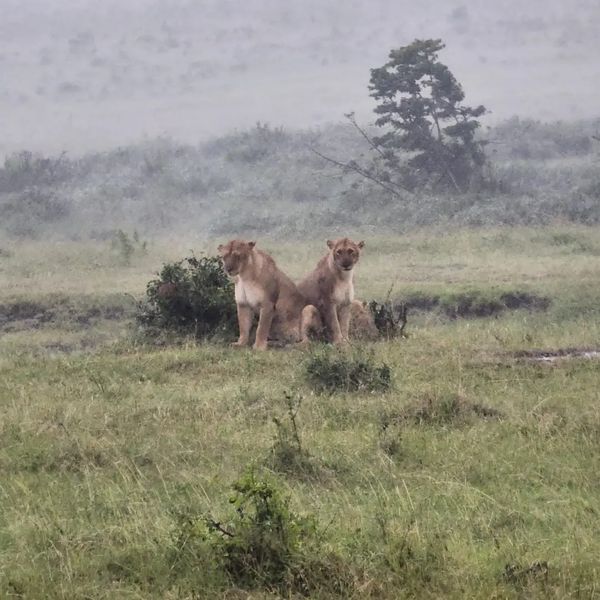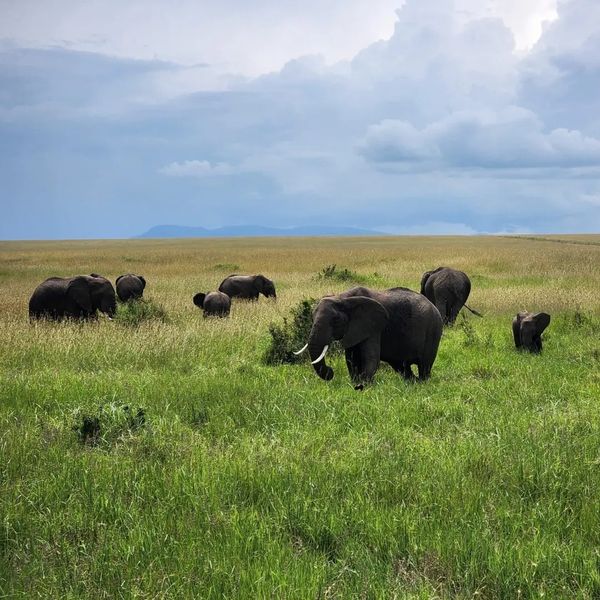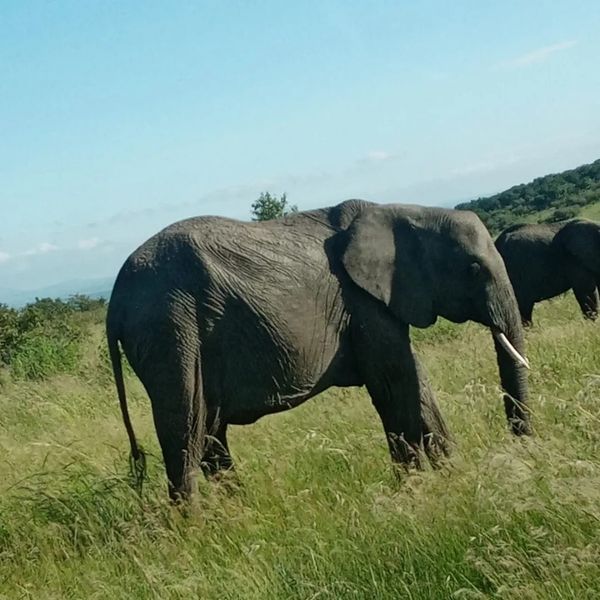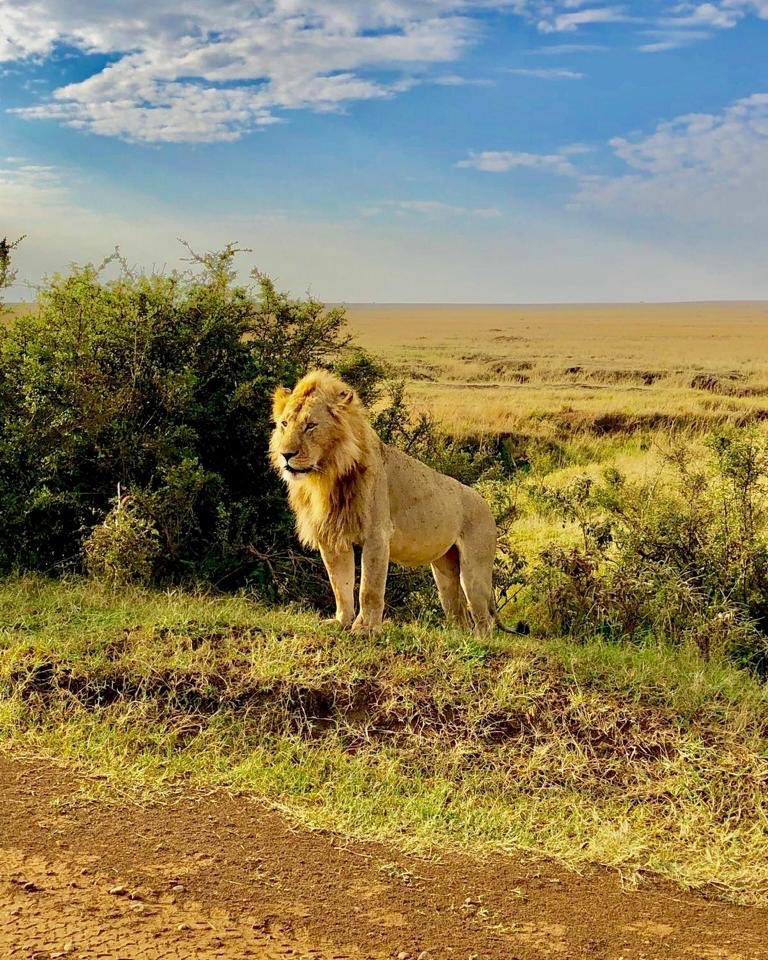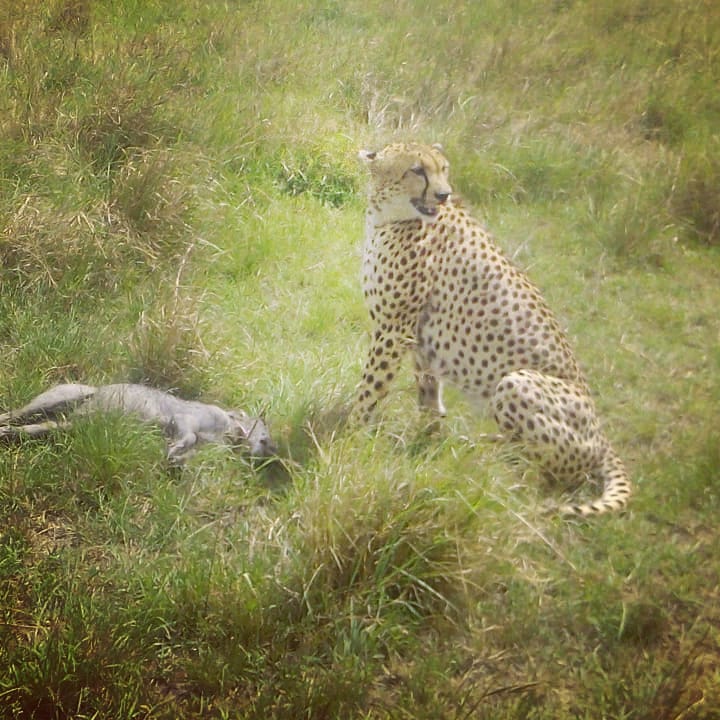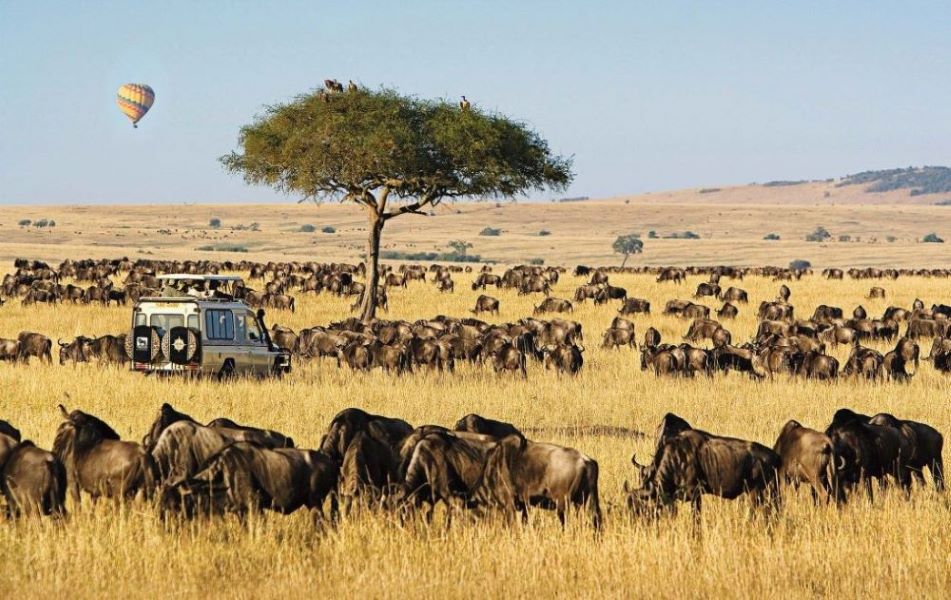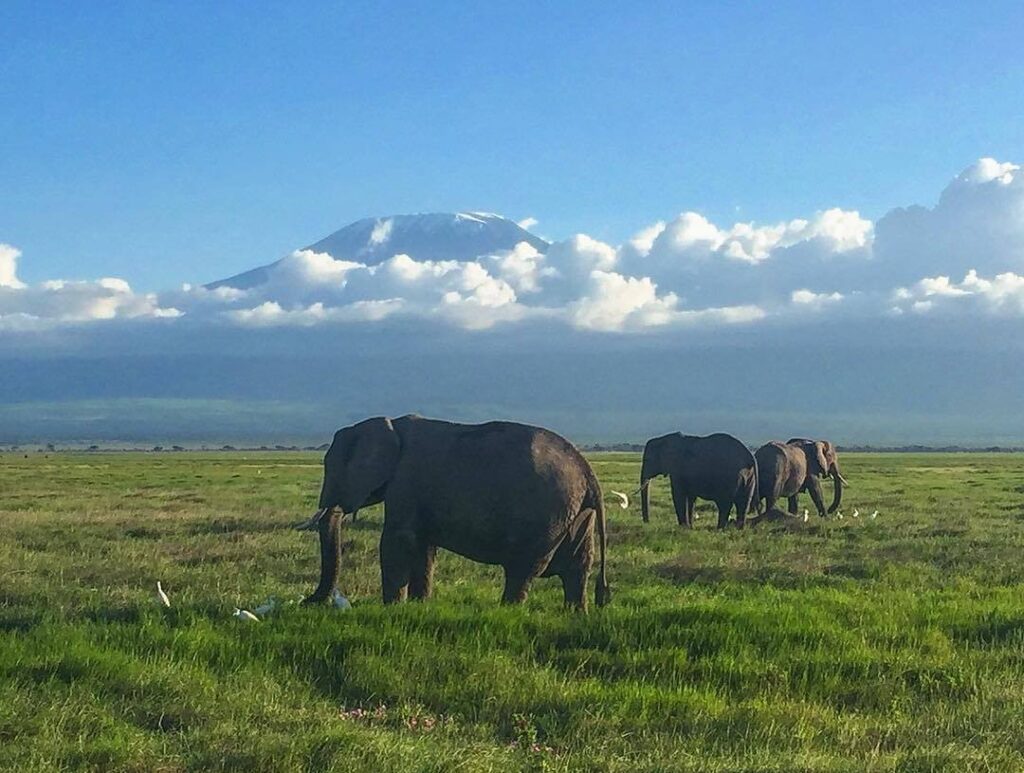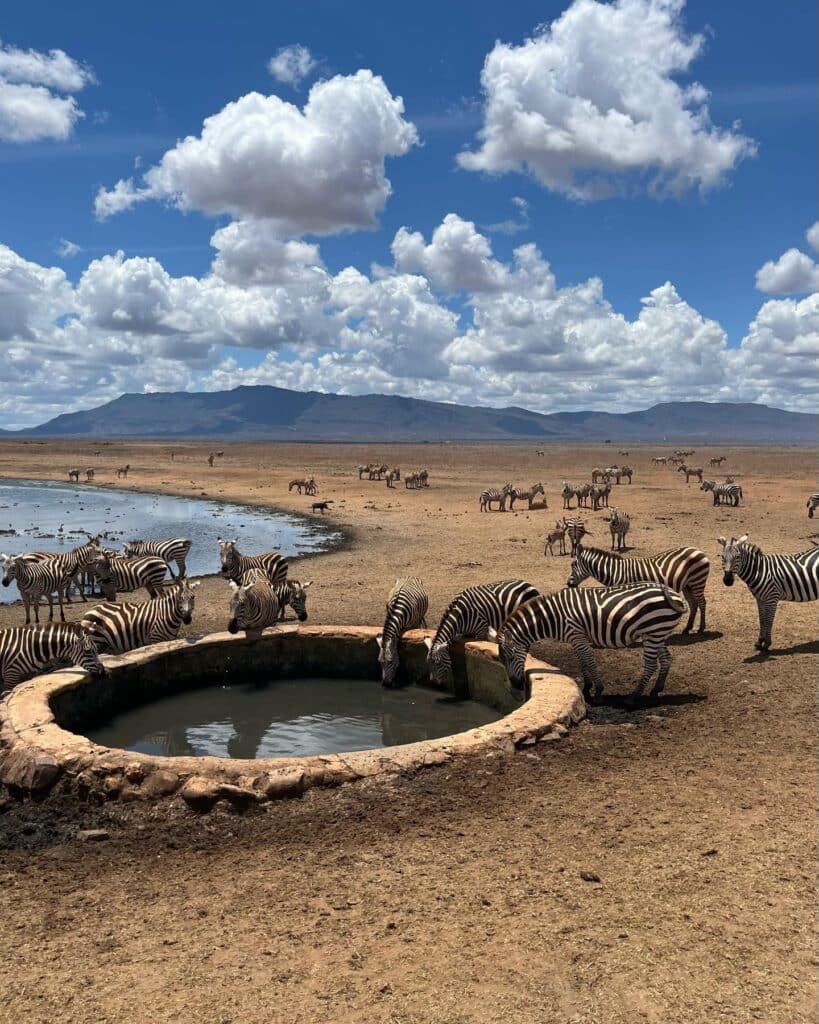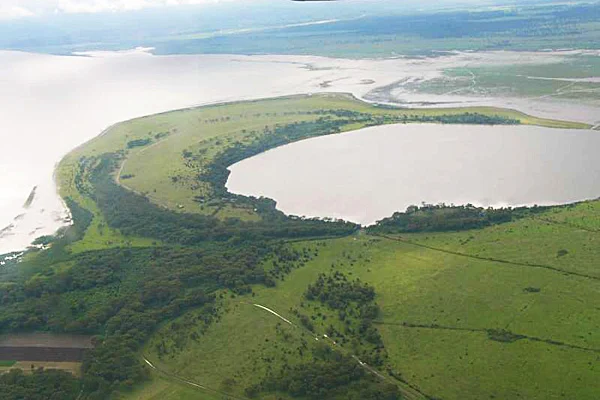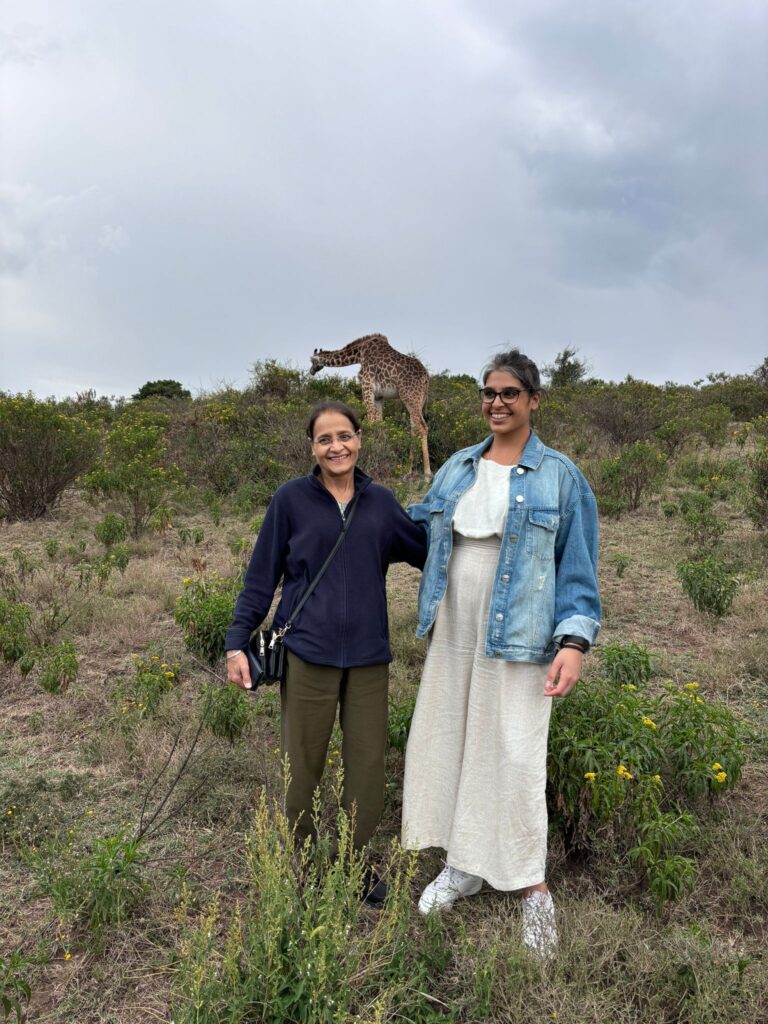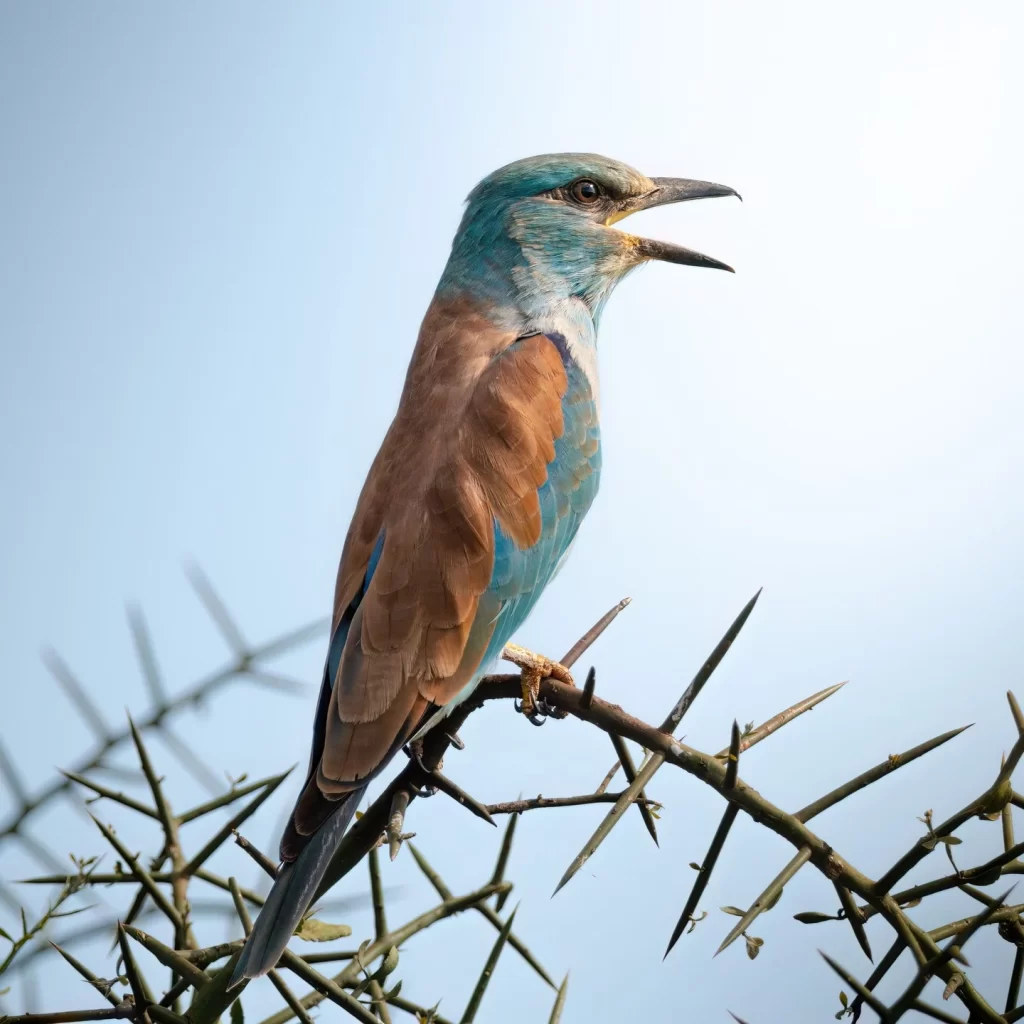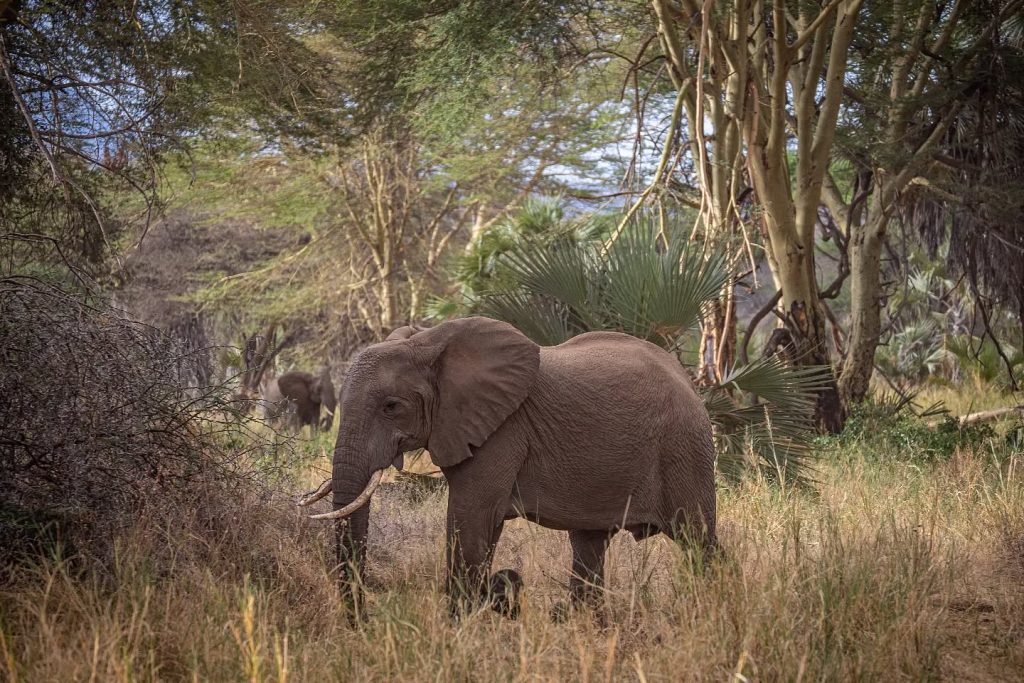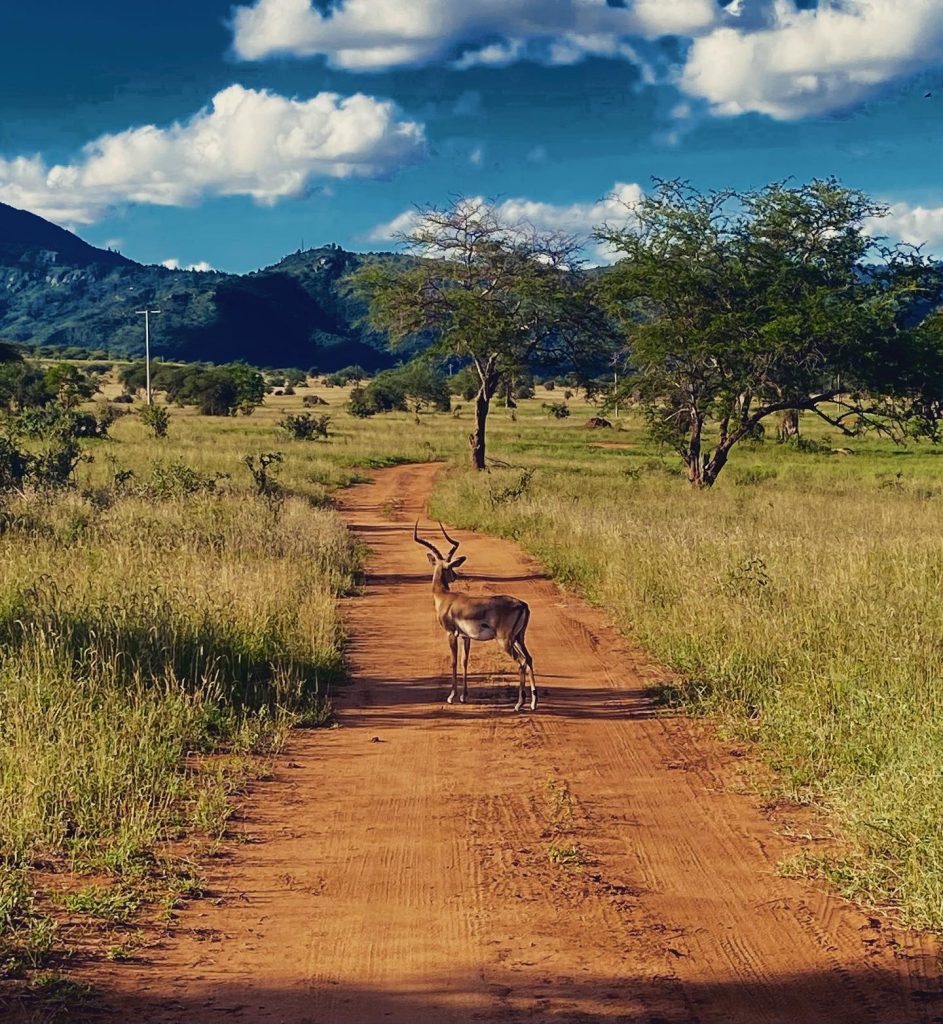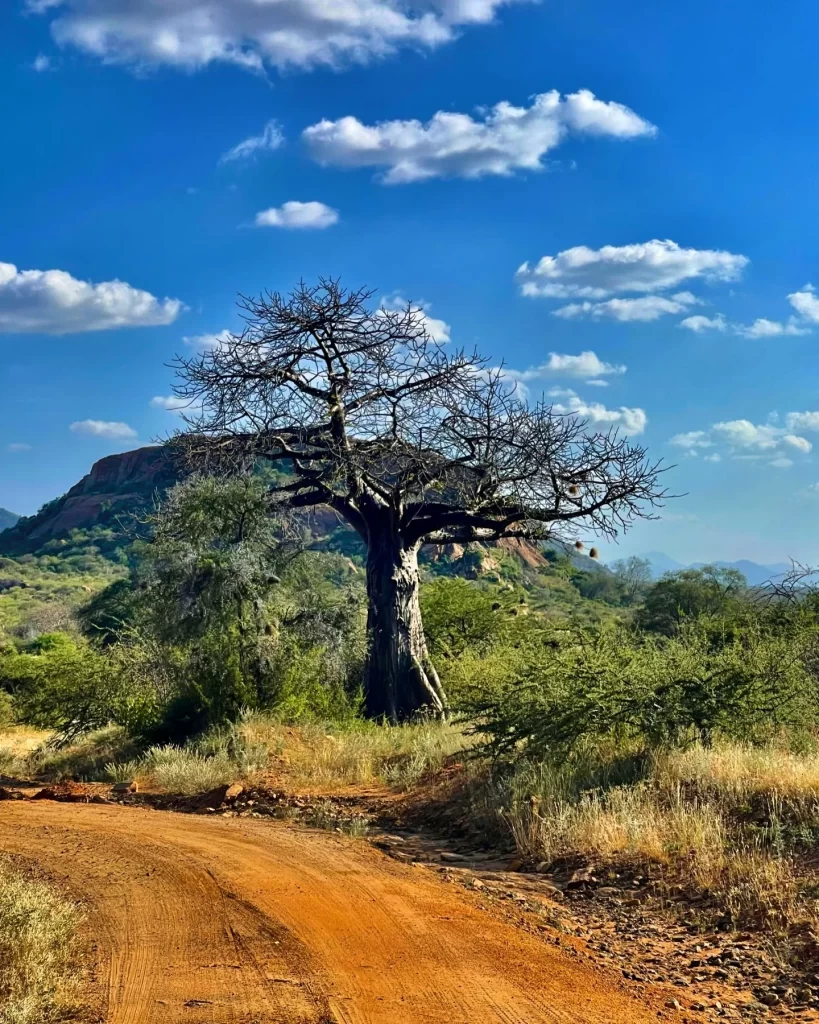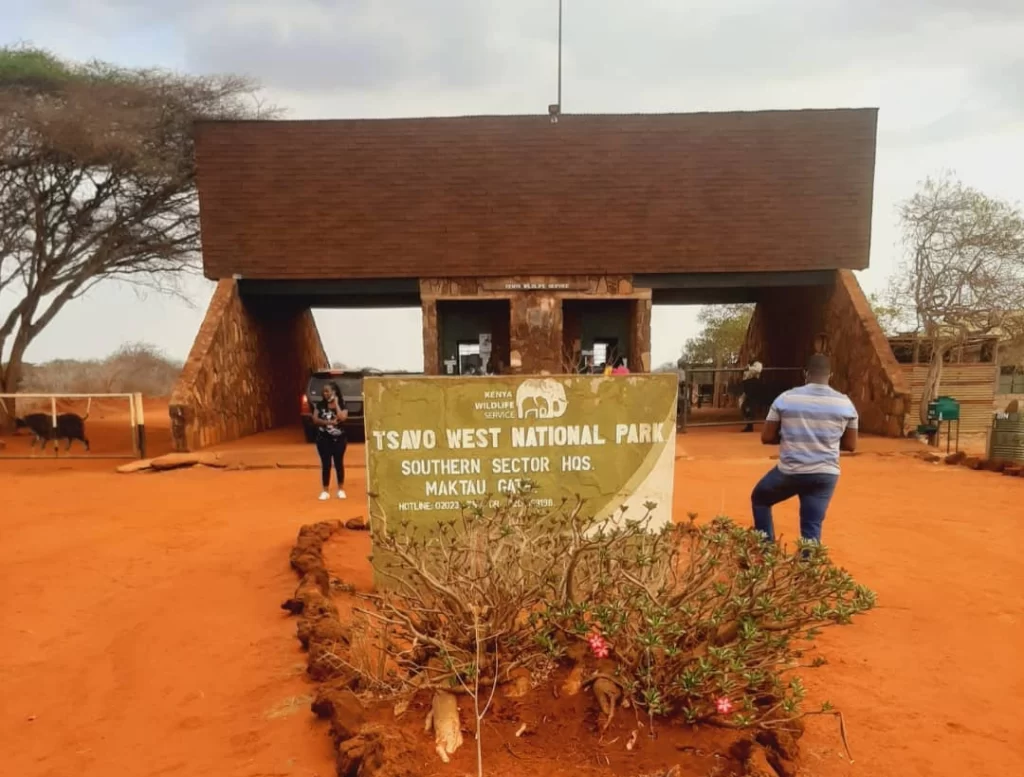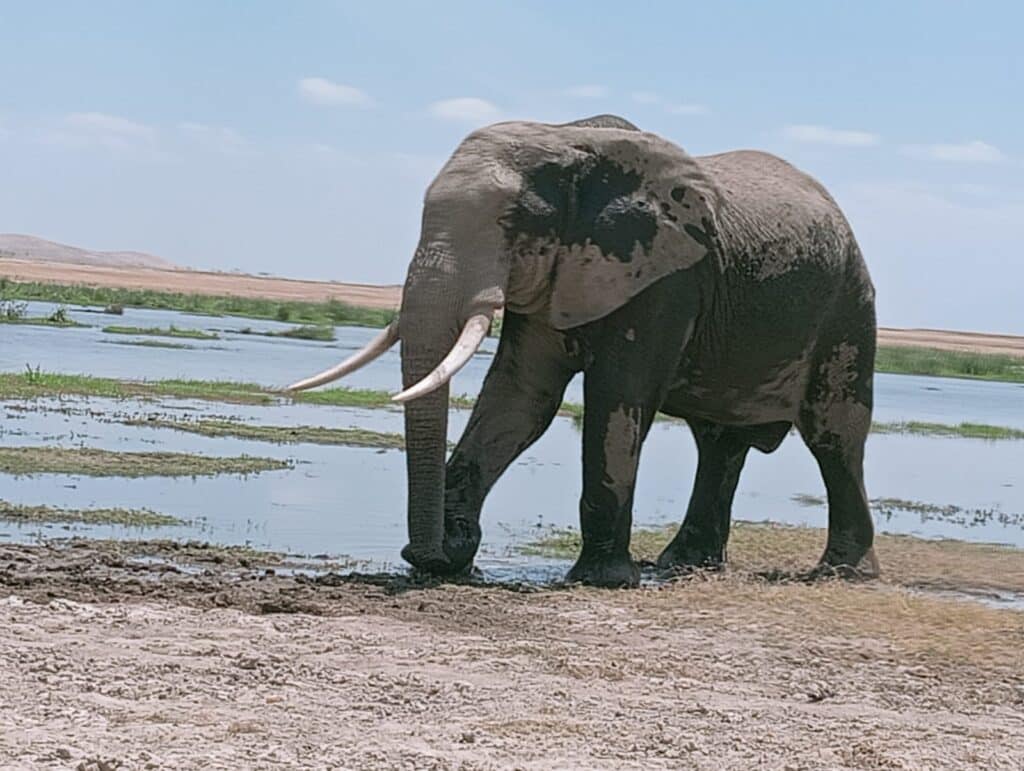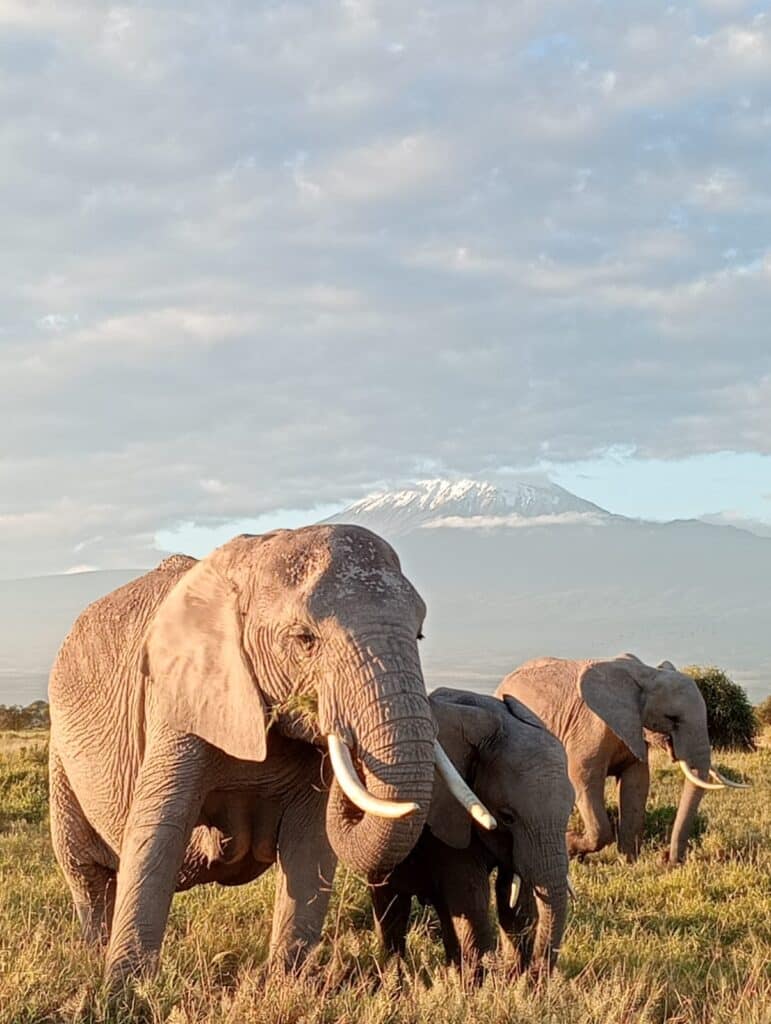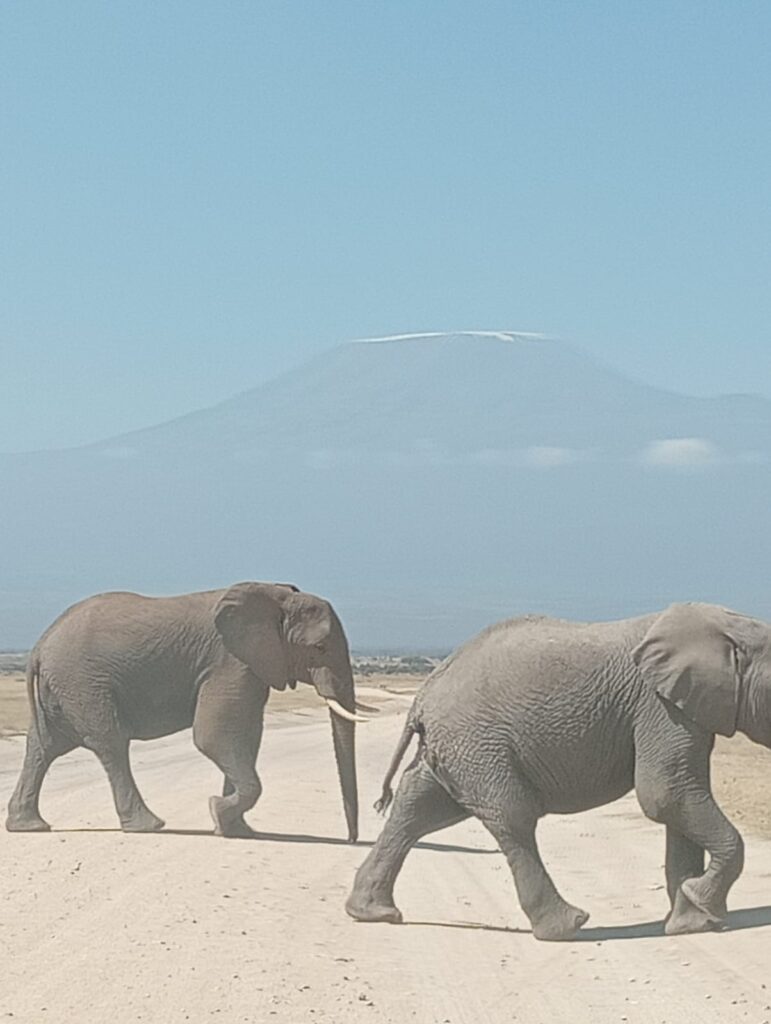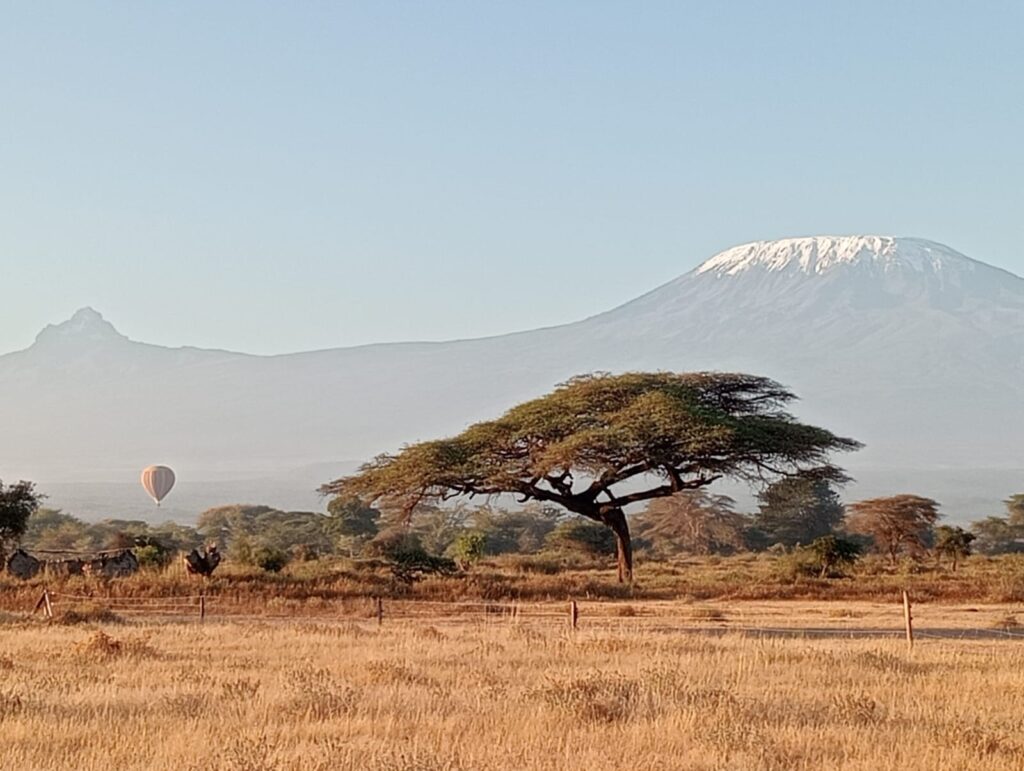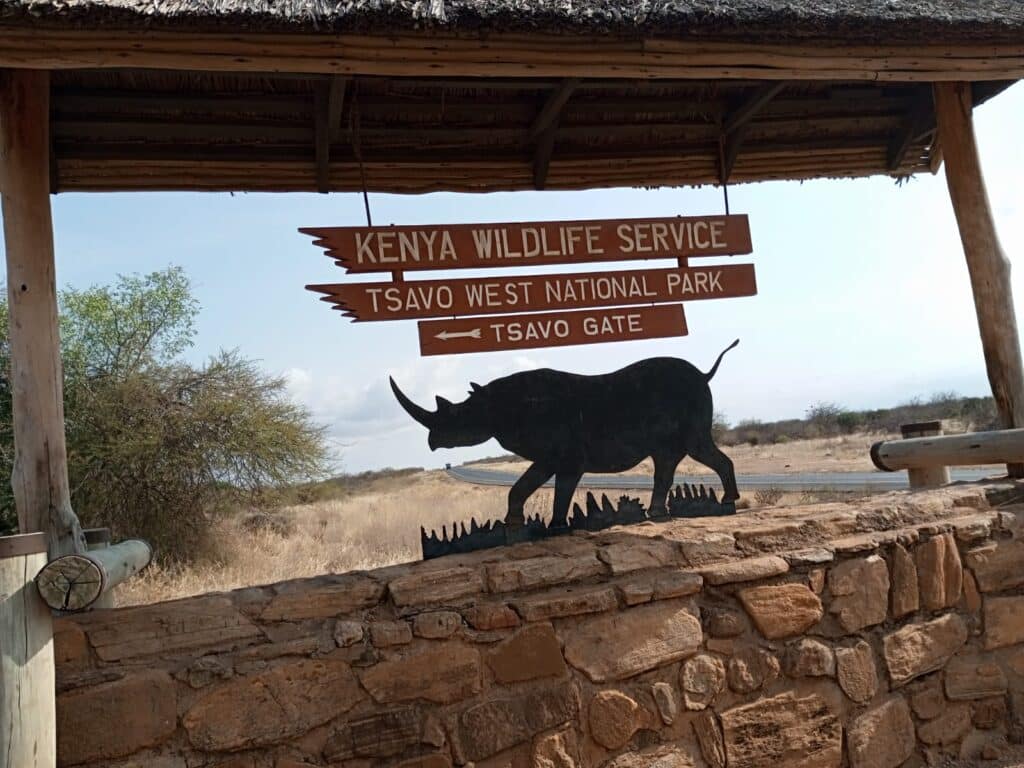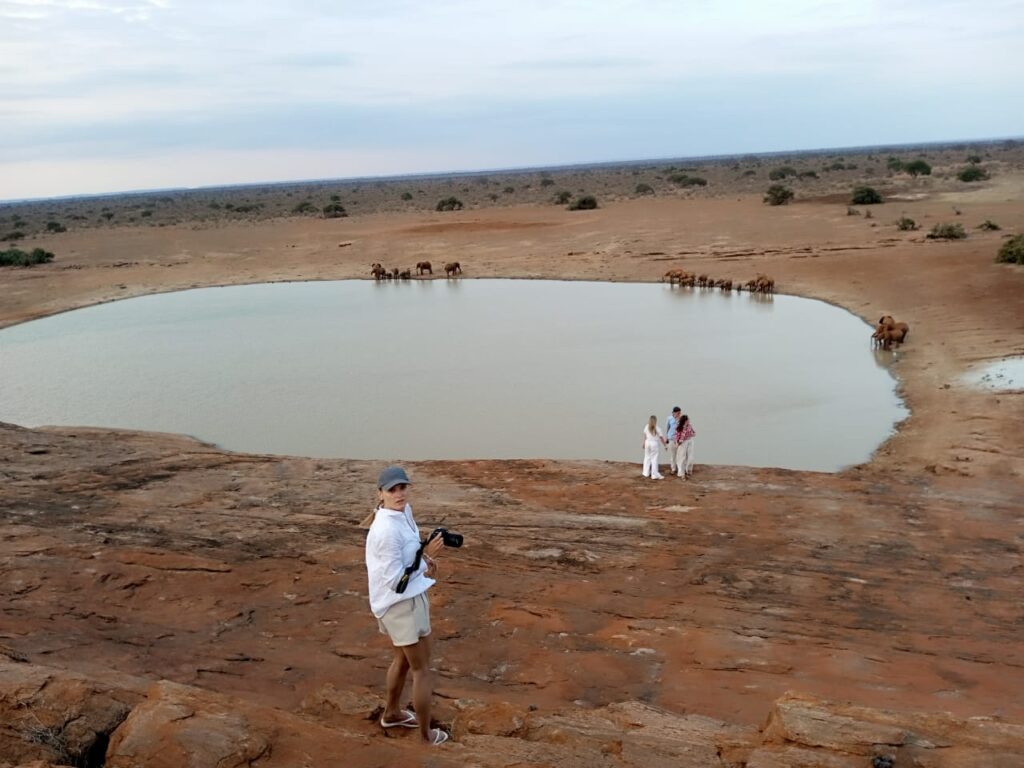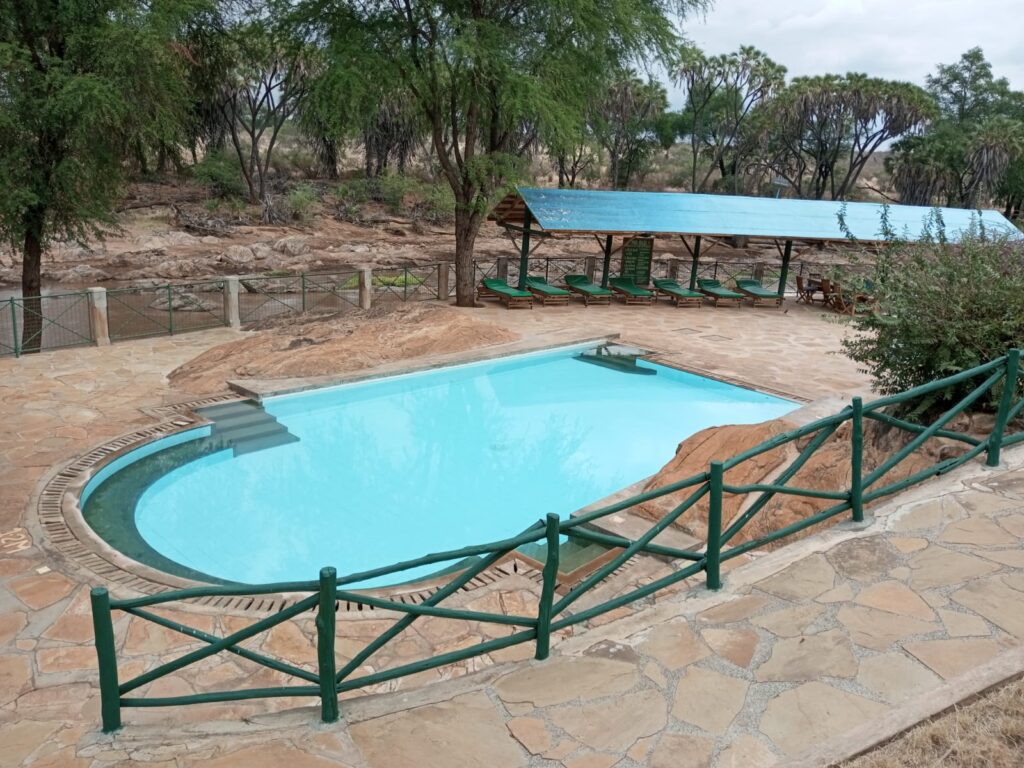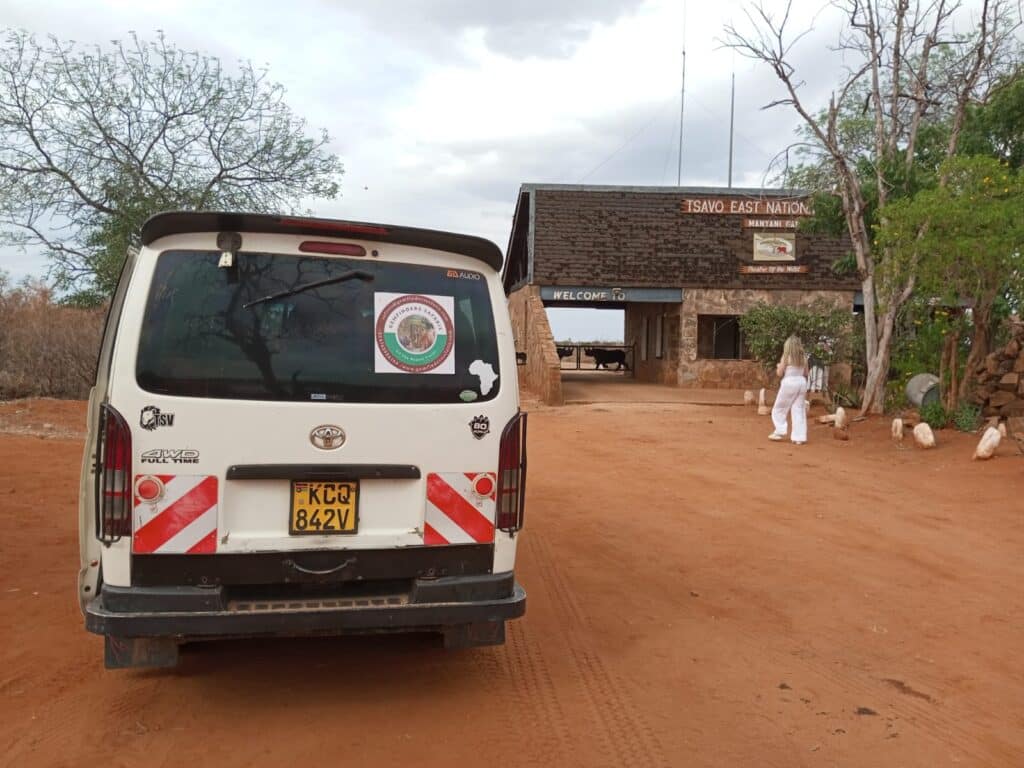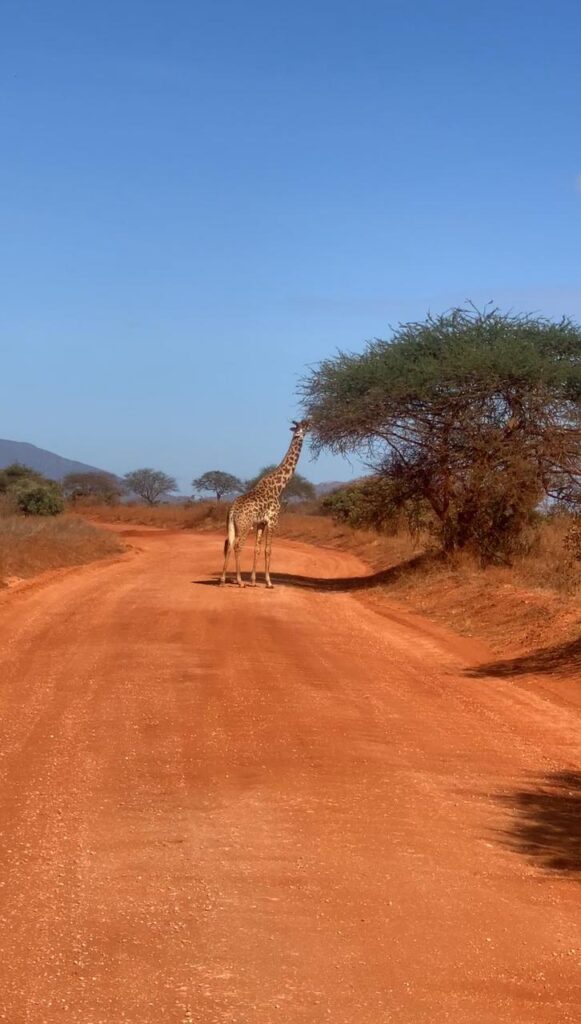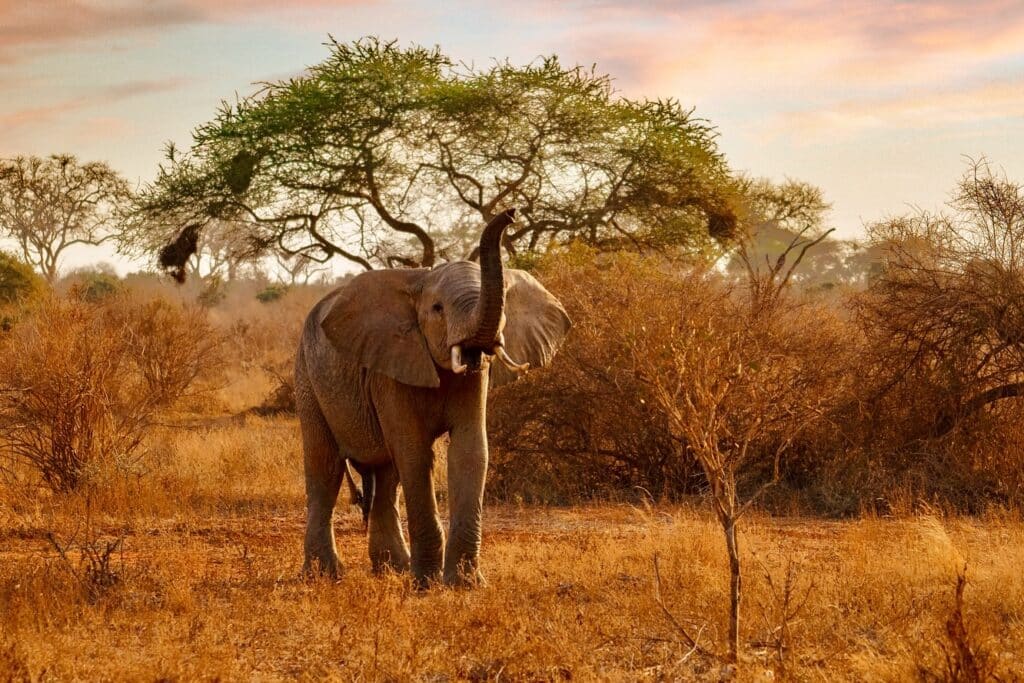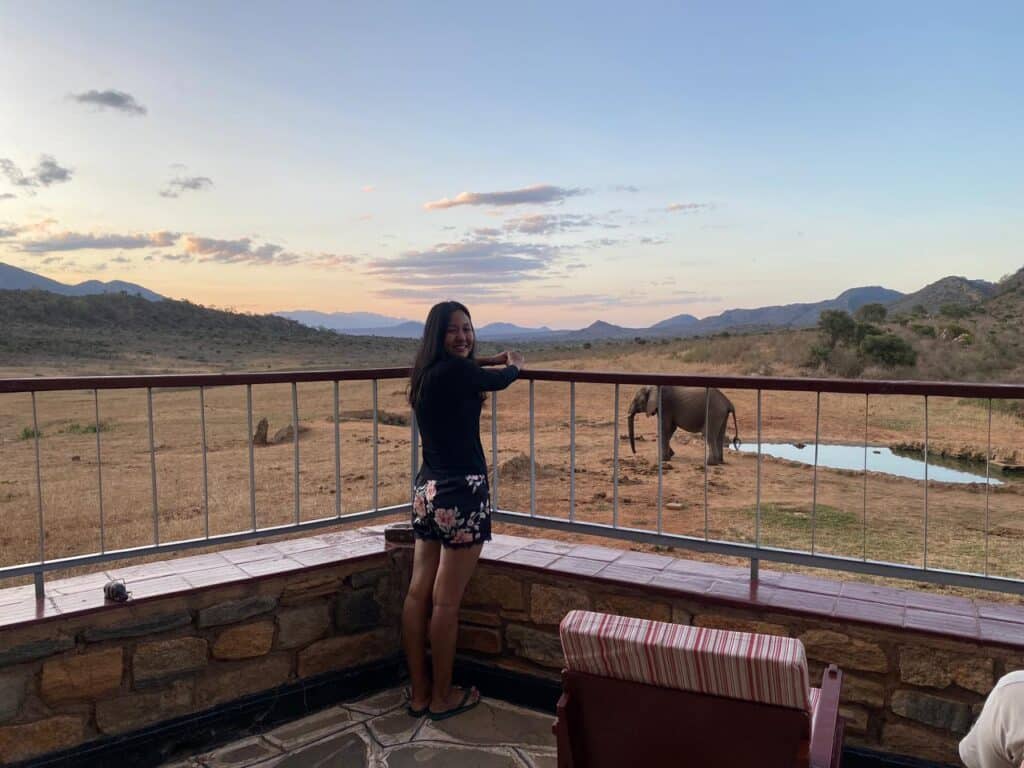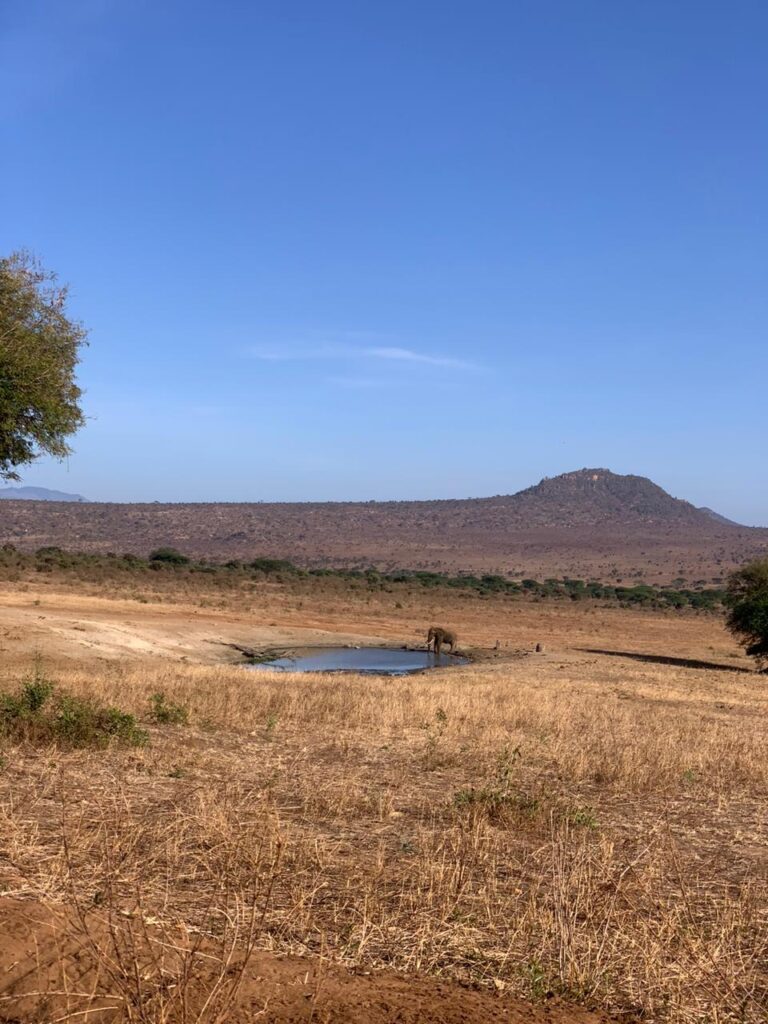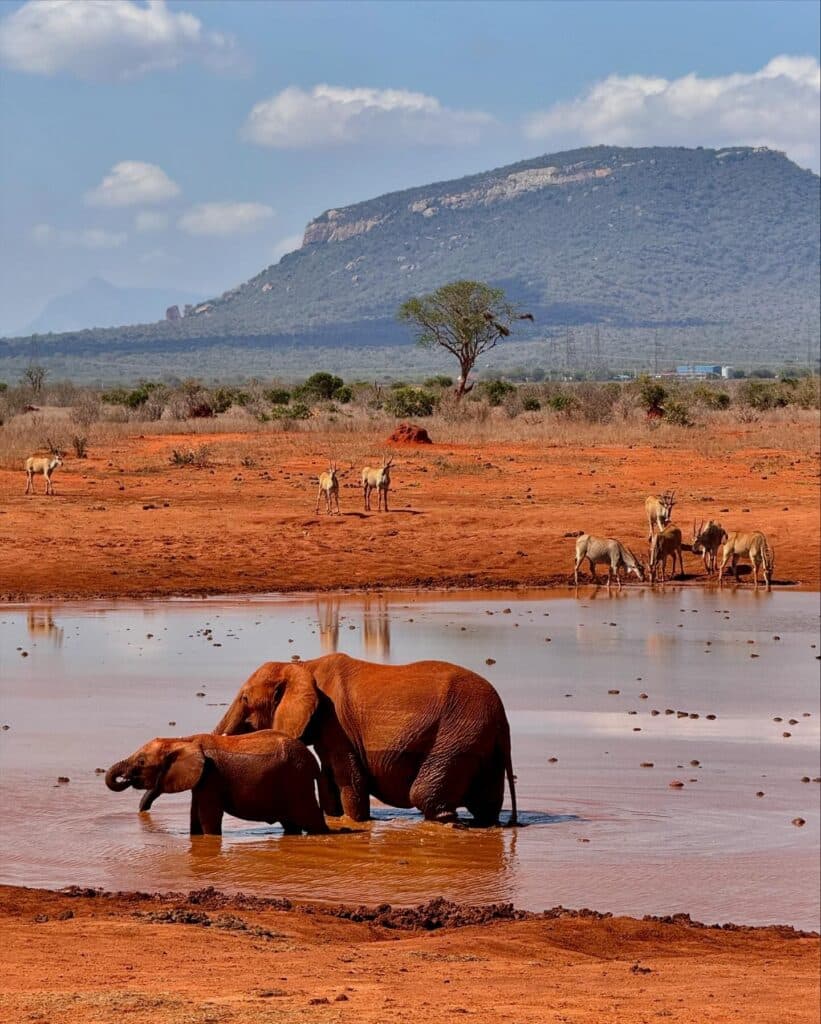- 55
- 1
- 17
- 1
- 6
- 2
- 1
- 2
- 1
- 1
- 4
- 1
- 2
- 1
- 1
- 1
- 1
- 1
- 1
- 11
- 16
- 1
- 20
- 2
- 2
- 1
- 1
- 1
- 1
- 1
- 9
- 7
- 1
- 2
- 2
- 6
- 4
- 1
- 2
- 1
- 3
- 3
- 4
- 4
- 1
- 2
- 1
- 1
Kenya, Amboseli National Park, Hell’s Gate National Park, Kakamega Forest Reserve, Lake Bogoria, Lake Naivasha, Lake Nakuru, Masai Mara, Ol Pejeta Conservancy, Tsavo National Park
23 Days – 22 Nights
Easy
Itinerary Summary: Nairobi National park – Ol Pejeta – Samburu – Lake Nakuru – Lake Bogoria – Saiwa Swamp – Kakamega Forest – Lake Victoria…
$12,000
Next Departure
Jun 01
Jun 02
Jun 03
Available through out the year:
View Trip- Jan
- Feb
- Mar
- Apr
- May
- Jun
- Jul
- Aug
- Sep
- Oct
- Nov
- Dec
Kenya, Amboseli National Park, Diani, Lake Nakuru, Masai Mara, Taita Hills Sanctuary, Tsavo National Park
10 Days – 9 Nights
Medium
Summary Itinerary: Nairobi – Masai Mara – Lake Nakuru – Amboseli – Tsavo West – Taita Hills Sanctuary – Diani – Nairobi Experience the ultimate…
$3,680
Next Departure
Jun 01
Jun 02
Jun 03
Available through out the year:
View Trip- Jan
- Feb
- Mar
- Apr
- May
- Jun
- Jul
- Aug
- Sep
- Oct
- Nov
- Dec
Featured
Kenya, Amboseli National Park, Crescent Island Sanctuary, Lake Naivasha, Lake Nakuru, Masai Mara, Tsavo National Park
7 Days – 6 Nights
Easy
Summary Itinerary: Nairobi – Masai Mara – Lake Nakuru – Lake Naivasha – Crescent Island – Amboseli – Tsavo East – Nairobi. Explore this 7-day…
$2,300
Next Departure
Jun 01
Jun 02
Jun 03
Available through out the year:
View Trip- Jan
- Feb
- Mar
- Apr
- May
- Jun
- Jul
- Aug
- Sep
- Oct
- Nov
- Dec
Featured
Kenya, Amboseli National Park, Tsavo National Park
5 Days – 4 Nights
Easy
Summary Itinerary: Nairobi – Amboseli – Tsavo West – Mombasa. This 5-day Bush and Beach Safari itinerary showcases the best of Kenya’s wildlife and landscapes,…
$730
Next Departure
Jun 01
Jun 02
Jun 03
Available through out the year:
View Trip- Jan
- Feb
- Mar
- Apr
- May
- Jun
- Jul
- Aug
- Sep
- Oct
- Nov
- Dec
Kenya, Amboseli National Park, Lake Naivasha, Tsavo National Park
4 Days – 3 Nights
Easy
Summary Itinerary: Nairobi – Amboseli – Tsavo West – Lake Naivasha – Nairobi. This 4-Day Safari itinerary to Amboseli, Tsavo West & Lake Naivasha presents…
$1,050
Next Departure
Jun 01
Jun 02
Jun 03
Available through out the year:
View Trip- Jan
- Feb
- Mar
- Apr
- May
- Jun
- Jul
- Aug
- Sep
- Oct
- Nov
- Dec
Kenya, Tsavo National Park
3 Days – 2 Nights
Easy
Embark on an unforgettable 3-day safari from Malindi to Tsavo East, where you’ll explore Kenya’s stunning landscapes, encounter iconic wildlife, and enjoy thrilling game drives….
$460
Next Departure
Jun 01
Jun 02
Jun 03
Available through out the year:
View Trip- Jan
- Feb
- Mar
- Apr
- May
- Jun
- Jul
- Aug
- Sep
- Oct
- Nov
- Dec
Top Destinations
Quick Links
Themed Travel
© 2025 Gemfinders Safaris. All Rights Reserved.
Secure Payments

We Accept:







